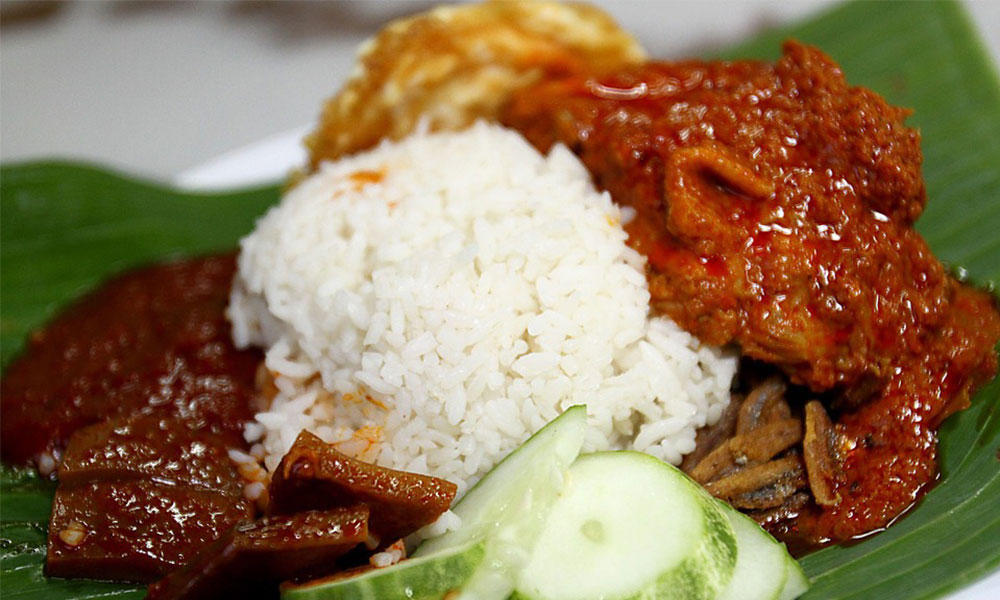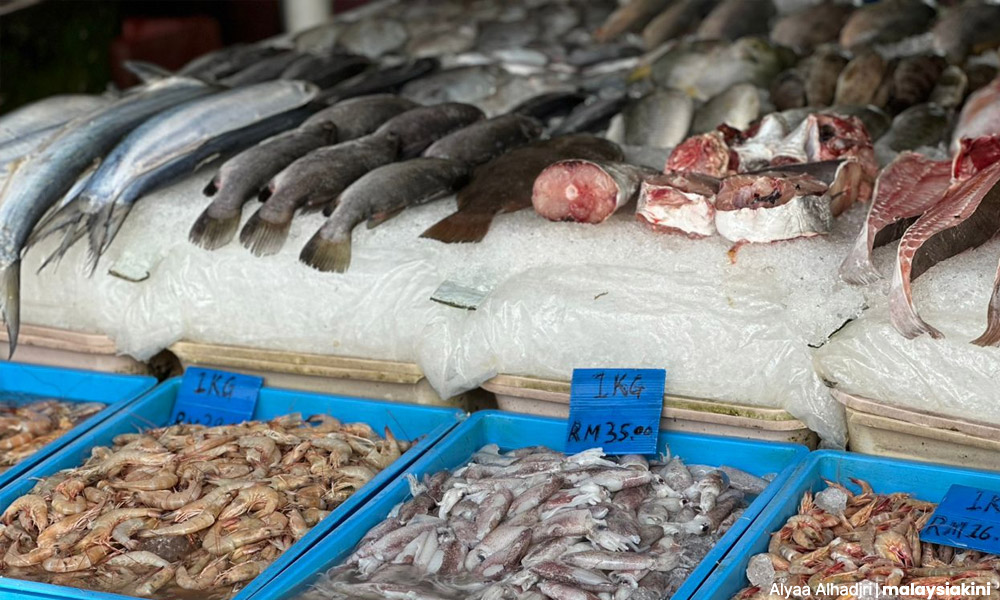LETTER | I was amused by a recent report with the heading "Maybe my expectations were too high: Tourist left underwhelmed after trying 'best' Hainanese chicken rice in Singapore".
A British traveller decided to try a Michelin Bib Gourmand-listed chicken rice stall at a hawker centre. She arrived with a friend and joined the queue that stretched outside the Maxwell Food Centre before rushing to an ATM to withdraw cash.
It was her first time tasting Hainanese chicken rice and she was disappointed. Her online video clip drew comments from netizens with some claiming that the best chicken rice is found in other outlets, with one Singaporean stating that the best chicken rice he had was in London.
Nonetheless, the taste of foods and drinks is subjective, and anyone consuming them the first time may like or dislike them but will not be able to differentiate whether they are good or bad.
For example, those who have not acquired the taste of strong-smelling meats like mutton or fruits like durian will find them unpalatable. After all, one man's meat is another man's poison.
Connoisseurs can differentiate gourmet food from the usual fare, and between expensive and cheap wines. To the uninitiated, they make no difference. So, there is no need to go out of the way to have the “best” chicken rice or char kuey teow or any food the first time.

Last Saturday, the US Central Intelligence Agency (CIA) posted in its World Factbook and directly translated nasi lemak as “fat rice”. It could be a ploy to get the public to laugh at the CIA but the capabilities of this organisation to gather accurate intelligence is unsurpassed.
But no organisation could rank food that is acceptable across the vast spectrum, as tastes are subjective and were mostly acquired when young. Various criteria may be used for rating, but it is not as simple as whether certain types of meats, vegetables or dishes are delicious or not.
Food quality
At any rate, great meals are enjoyed thrice. First, the anticipation, then the consumption and finally the memories. But not so for more than 20 female students who suffered food poisoning after consuming packed meals during a leadership programme in Kota Bharu last week.
Healthwise, we should consume a great variety of meats and vegetables. All food can be enjoyable and healthy if well-cooked with minimal oil, salt, sugar, spice, preservatives and colourings. The texture and temperature must also be right.
The quality of meats and vegetables can differ greatly, depending on where they are bred or grown, and how they were brought from the farms to the kitchen.
For example, the humble tilapia fish will taste horrible if bred in ponds with still muddy water and are very different from those raised in large ponds fed with fresh water from a mountain stream.
The best-farmed tilapia (Chinese call them African fish where they originated) in the world are found in the Batang Ai Dam in Sarawak. If freshly caught and not frozen, they taste heavenly, similar to many expensive river fishes, with the king being empurau.

Steaming is the healthiest way to cook fresh fish, with minimal seasoning to enjoy its unique flavour, not masked by spices. Grilling or roasting using charcoal fire may produce the tastiest meat, but this method of cooking is less healthy, and the worst is deep frying.
But more importantly, food must be clean, fresh and freshly cooked. Sadly, food handling is poor in Malaysia. It is common to see fish and prawns sold outside wet markets by the roadside and in night markets with little or no ice to keep them fresh.
It is also the practice of most restaurants, stalls and caterers to cook many hours before foods are consumed, and fruits are cut open and left to oxidise. As such, I seldom consume foods that are prepared many hours earlier and avoid those supplied by caterers.
Cut red chillies and chopped garlic together with soya sauce are normally placed on the tables at Chinese eateries for diners to help themselves. But chillies and garlic begin to oxidise after they are cut open. Not only that, they will lose their sting and start to stink after a few hours.
Food should be celebrated
Before the advent of the internet, I was aware that everything looked great on a postcard. Today, many dishes featured in digital photos and videos appear appetising and food channels are popular, but many of the recommendations need to be taken with a pinch of salt.
Before watching these videos, I had already patronised many of the recommended outlets and do not wish to return. But influencers seem to enjoy nearly all the foods they sampled, with quite a few putting on a plastic smile just to make themselves look better on camera.
However, food channels and rankings will remain popular as food is close to the hearts of many, but food fights between people of different countries are unnecessary. Food should be celebrated, as everyone is part of a big family and there should be no winners or losers.
And it can be a misconception to promote uniquely local foods to attract more foreign tourists. For example, kuih-muih (traditional cakes) may be popular with many Malaysians, but others may find them too sweet and unhealthy.
However, it is effective to offer localised versions of food that foreign tourists are already familiar with, such as local Chinese foods to visitors from China, Hong Kong, Macao, Taiwan and ethnic Chinese in Southeast Asia and Australia.
As taste buds won't change overnight, most people will opt for familiarity or comfort foods, with the younger generations growing up more on fast foods and may not acquire the tastes of many traditional foods. But when there is no choice, the hungry will settle for what is available.
The views expressed here are those of the author/contributor and do not necessarily represent the views of Malaysiakini.








 English (US) ·
English (US) ·